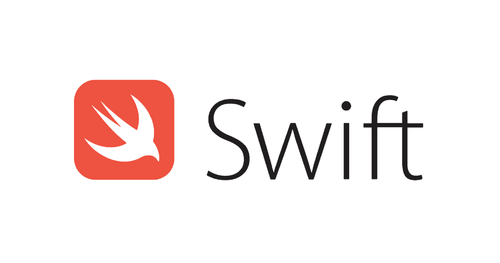In the ever-evolving world of mobile app development, ensuring data accuracy is paramount. When it comes to user-provided data, email addresses are a critical part of any application. Email validation in iOS Swift 4 is essential to ensure that the email addresses users provide are both syntactically and logically correct. In this comprehensive guide, I will walk you through various methods and best practices for email validation in iOS Swift 4, equipping you with the knowledge to build reliable and user-friendly applications.
Why Email Validation Matters
Before diving into the technical aspects, let's understand why email validation is crucial in iOS app development:
Data Quality: Accurate data is essential for effective communication with users. Valid email addresses ensure that your messages reach the right recipients.
User Experience: A seamless user experience is built on trust. Accurate email validation helps in reducing registration errors and ensuring that users receive essential notifications.
Security: Proper email validation helps in preventing fraudulent activities and spam registrations, enhancing the overall security of your application.
Email Validation Methods in iOS Swift 4
There are several ways to perform email validation in iOS Swift 4. Let's explore some of the most commonly used methods:
1. Regular Expressions
Regular expressions (regex) provide a powerful way to validate email addresses. You can use the NSRegularExpression class in Swift to create a regex pattern that matches valid email addresses. Here's a simple example:
func isValidEmail(email: String) -> Bool {
let emailRegex = "^[A-Z0-9a-z._%+-]+@[A-Za-z0-9.-]+\\.[A-Za-z]{2,}$"
let emailTest = NSPredicate(format: "SELF MATCHES %@", emailRegex)
return emailTest.evaluate(with: email)
}
2. Using Libraries
There are Swift libraries like SwiftValidator and SkyFloatingLabelTextField that provide built-in email validation functionality, making it easier for developers to integrate email validation into their apps. These libraries offer a more structured approach to validation.
3. Custom Validation
In some cases, you may need to implement custom email validation logic tailored to your application's specific requirements. This can include checking the email domain against a list of allowed domains or ensuring the email format conforms to company policies.
Best Practices for Email Validation
While implementing email validation, consider the following best practices:
Use Established Patterns: Regular expressions should be based on established patterns for email validation. The example provided earlier is a widely used pattern.
Handle Edge Cases: Account for edge cases such as international email addresses, which may contain non-ASCII characters.
Provide Clear Feedback: When an email is invalid, communicate the issue clearly to the user with helpful error messages.
Avoid Overly Strict Validation: Striking a balance between strictness and user-friendliness is essential. Avoid overly strict validation that might reject valid email addresses.
Server-Side Validation: Always perform server-side validation in addition to client-side validation. Client-side validation can be bypassed, so server-side validation acts as an extra layer of security.
Frequently Asked Questions
Q1. Is email validation necessary in iOS Swift 4?
- Yes, email validation is crucial to ensure data accuracy and security in your iOS applications.
Q2. What is the most common method for email validation in Swift 4?
- Regular expressions are commonly used for email validation in Swift 4.
Q3. Can email validation prevent all spam registrations?
- While email validation helps, it cannot prevent all spam registrations. Implement additional anti-spam measures if needed.
Q4. Are there Swift libraries for email validation?
- Yes, there are Swift libraries like
SwiftValidatorandSkyFloatingLabelTextFieldthat offer email validation functionality.
Q5. Should email validation be done only on the client side?
- No, email validation should be performed on both the client and server sides for security reasons.
In conclusion, email validation in iOS Swift 4 is a fundamental aspect of app development that enhances data accuracy, user experience, and security. By following best practices and choosing the appropriate validation method for your application, you can ensure that the email addresses collected are reliable and meet your application's requirements. Incorporate these practices into your iOS Swift 4 projects and build robust and trustworthy applications.



